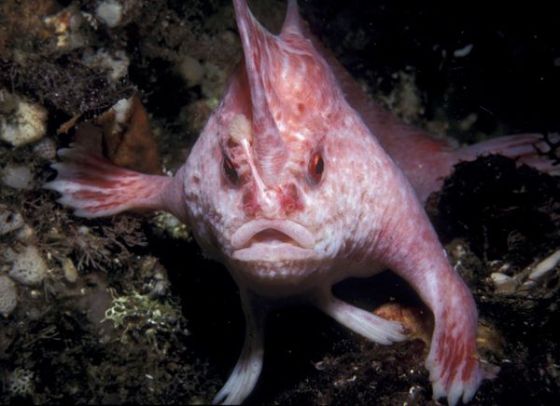They’re surprisingly smart:
“They say that if you give a chimpanzee a screwdriver, he’ll break it; if you give a gorilla a screwdriver, he’ll toss it over his shoulder; but if you give an orangutan a screwdriver, he’ll open up his cage and walk away.”
At Camp Leakey, the orangutans had plenty of opportunity to observe and imitate people. They soon developed a habit of stealing canoes, paddling them downriver, and abandoning them at their destinations. Even triple and quadruple knots in the ropes securing the canoes to the dock did not deter the apes. Over the years, they have also learned to brush their teeth, bathe themselves, wash clothes, weed pathways, wield saws and hammers, and soak rags in water in order to cool their foreheads with them. And they have done all of this without any instruction.
They’re also social:
But it turns out that adult female relatives stick together: they have overlapping ranges and periodically interact. “I grew up in rural Saskatchewan,” Russon, who now works and teaches at York University, in Toronto, told me. “And, for me, that is exactly what orangutan social life is like. There are communities, but they are very broadly dispersed. It might be fifteen miles to your cousin’s place, or another twenty miles to the next nearest relative, but everybody knows everybody.” Adolescent orangutans—curious and audacious—regularly make new friends. These wandering youngsters, vaulting from one tree to the next, are likely the torchbearers of orangutan culture.
Here is a paper on social behavior of Orangutans:
As they grew older males increasingly spent less time making physical contact, but the amount of time they spent in proximity (within arm’s length) to others increased. Adult females regularly played with other group members. Contact, allogrooming, and social play showed nonrandom relationships between individuals. Adult females showed the most allogrooming and contact, adolescent and subadult males the most play. There was no obvious dominance hierarchy. One adult male spent about 10% of his time walking around the perimeter of the island. One-year-old infants rarely interacted with other individuals apart from their own and the other infant’s mother. While orangutans lead relatively solitary lives in nature, it was concluded that the opportunities for social contact and play provided by the SZG orangutan island were beneficial to this species in captivity.
[Photo by George]





